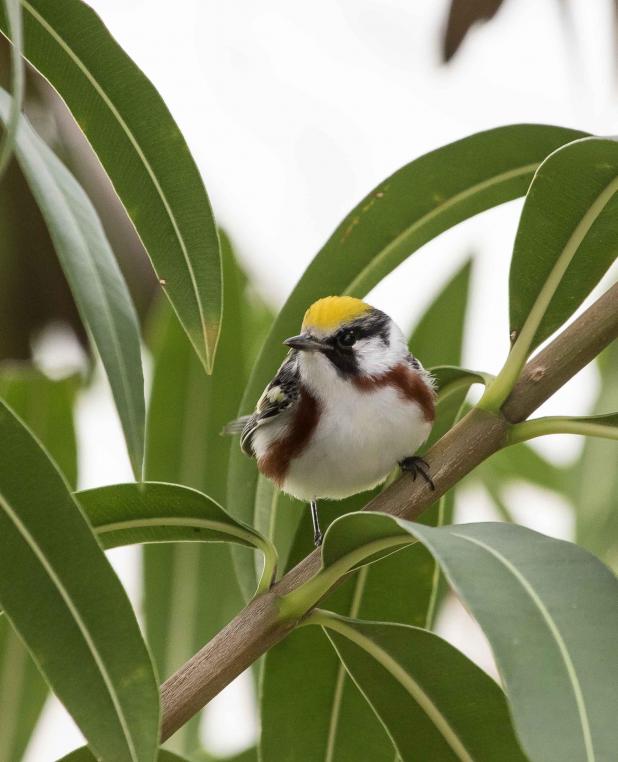
Chestnut-sided warbler
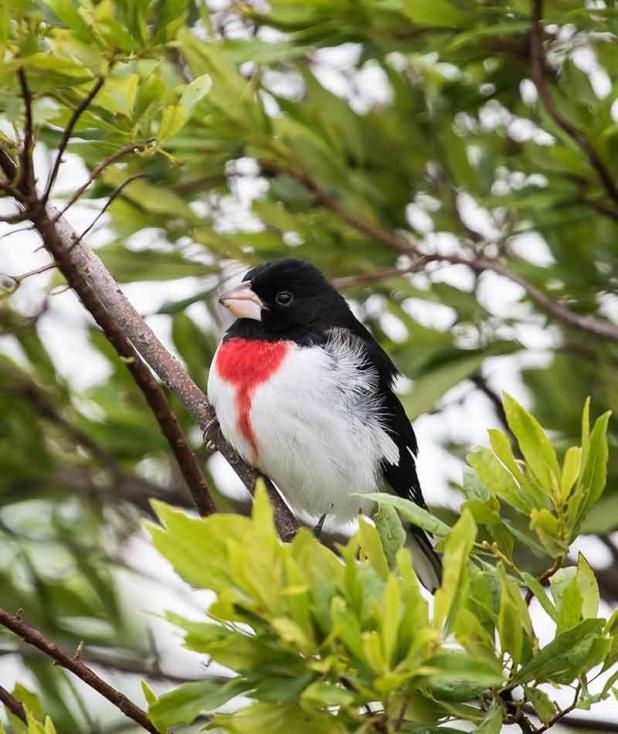
Rose-breasted grosbeak
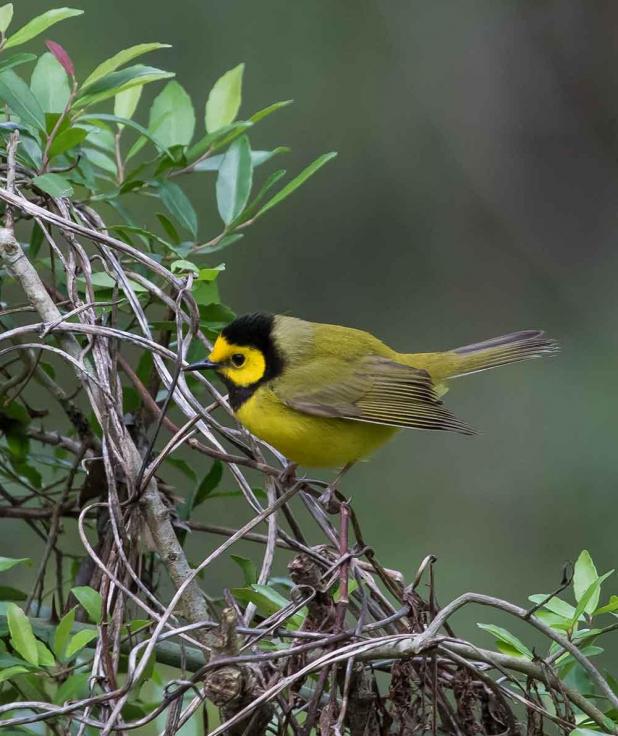
Hooded warbler
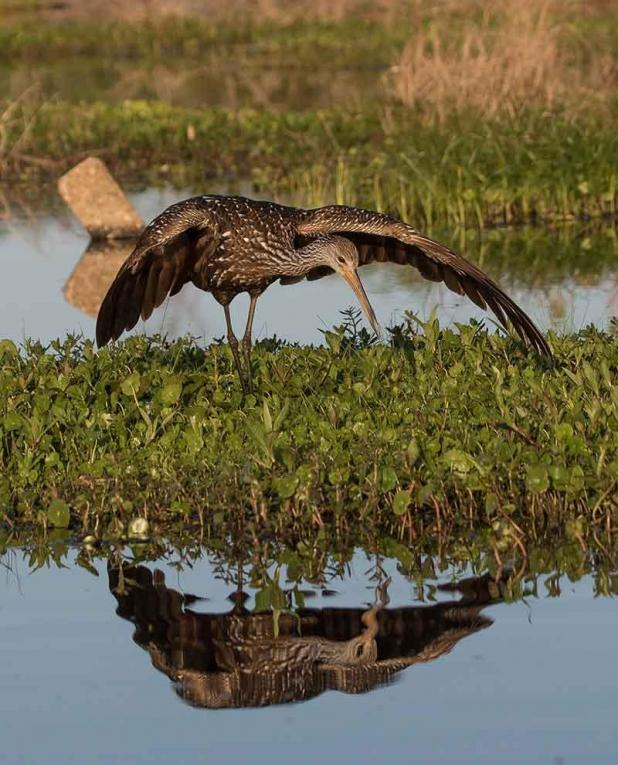
Limpkin
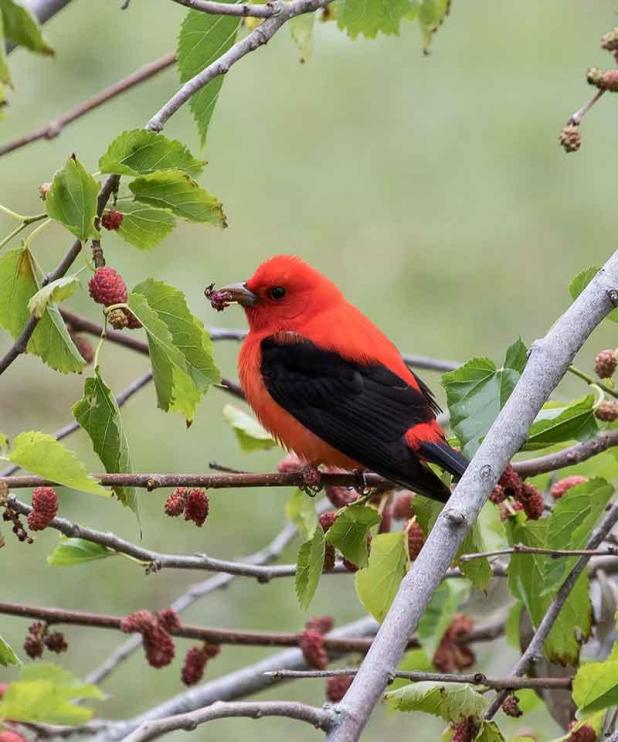
Scarlet tanager
John Flores: April is the best month for Gulf Coast birding
Well, it’s that time of year again. The month of April is the most exciting month of the year for bird lovers who live in states along the Gulf Coast. During the spring migration, literally hundreds of species make their annual passage from Texas to Florida.
Some stay along the coast to breed, some stop over for a few groceries before moving further north, and some just keep right on going as far as the wind carries them — many to the upper reaches of Canada.
Someone who really gets excited about the spring migration is Basile resident Helena Putnam. Putnam has been a birdwatcher for over 40 years and the expectancy of the migration reminds her of Christmas.
Putnam said, “The anticipation of spring migration has always been as intense for me as the anticipation of the Christmas holidays. It begins in late February for me as I begin to intently listen for the first sound of a spring migrant song in my yard. The excitement rises as the month of March arrives and a sprinkling of migrant bird songs begin to drift in the wind. Then April makes its appearance and I begin careful preparations to head to the coast to witness spring migration in all its glory!”
Putnam’s use of Christmas is probably a good analogy to use when it comes to the neotropical songbird migration each spring. There are times when some of these songbirds light up a live oak tree with colors so vibrant they rival any Christmas tree ornament.
Active birders like Putnam are always probing and reading Facebook posts on pages like Gulf Coast Bird Club or Loose Alliance of Casual and/or Keen Birders of Central Louisiana. They’re also looking online at Louisiana eBird to find out who is seeing what and where.
By the second and third weeks in April the neotropical songbird migration is at its peak. Popular hot spots to see many of these migrants along the coast is Peveto Woods Sanctuary and Sabine National Wildlife Refuge south of Lake Charles. More easterly, a stop at Rockefeller Refuge usually provides good birding in April.
Those who go to Rockefeller should check out the wooded area across the road from the refuge headquarters building. In recent years, this area is where mist netting and bird banding has been conducted, as researchers evaluate the impact of declining oak chenieres on migrant species of birds that use them each spring.
Suffice it to say, where researchers are studying birds, chances are it’s a good location to find them.
East of Rockefeller stops at White Lake Wetlands Conservation Area’s birding area is known to produce a few migrants and further east, Jefferson Island is always good for large wading birds like great egrets, snowy egrets, cattle egrets, great blue herons, little blue herons and roseate spoonbills.
Someone who has noticed and watched birds all her life is Cynthia Bernard Sarver who is a member of the Gulf Coast Bird Club. Sarver says birding makes her think of her mom who enjoyed birds too.
Sarver talked about how when she was young, her family used to sit outside in lawn chairs, watching and talking about the purple martins in the bird house. But as time has gone on, Sarver says her love for birds has grown.
“I love studying about their habits, their varieties, and I get excited whenever I see a different visitor and when the hummingbirds start coming around again. They fascinate me, relax me, and bring peace to my life. Watching them fly, drink from the bird baths and enjoy the sun is pure and close to nature,” Sarver said.
There are a lot of birders who really score big during the spring migration. Most birders have “life lists,” where they check off the different species they’ve seen over the years. The spring migration is an opportunity to literally see a 100 or more different species in a matter of a few weeks.
One of those birders, Jay Huner, has written a book titled “Life Birds in Louisiana.” Huner has documented 100 or more species of birds in each of the state’s 64 parishes.
Huner said, “I have been birding for about 25 years. Spring migration brings birds that I have only one real shot at seeing in the year.”
Texas and Louisiana are considered two of the top birding states in the U.S. In fact, birding in Texas ranks among the highest activities in the state and is far above consumptive sports like hunting. What’s more, both states have their celebrations and festivals when it comes to birds.
One of the things I started doing several years ago is taking a weekend to bird out of state. My wife and I have visited Corpus Christi, Galveston and Junction, Texas, along with Oak Harbor, Ohio for the “Biggest Week in American Birding,” all chasing the April spring migration.
Excursions like these can be rewarding and don’t really cost a lot.
Closer to home is the St. Mary Parish Loop. In our local backyard there are quite a few locations where a day trip can produce scores of birds to check off on your life list.
Locations on the loop include Cypremort Point State Park, Atchafalaya Basin West Containment Levee at Charenton, Cajun Coast Visitors & Convention Bureau – Franklin Visitors Center, Bayou Teche National Wildlife Refuge, Cotten Road at Kemper Williams Park, the Berwick and Morgan City walking trails, Victor Guarisco Lake End Park, Brownell Memorial Park & Carillon Tower, and Stephensville Road (La. 1397).
It doesn’t cost a lot to get into birding. A good pair of binoculars, a standard bird book like Peterson or Sibley, and some decent hiking shoes will typically get you started. And what better time than the month of April when it’s best?
